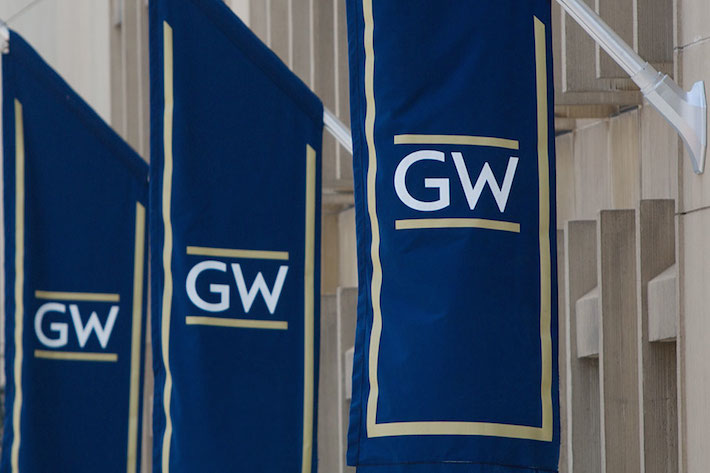By James Irwin
The George Washington University will soon launch a new job classification structure aimed at improving the university’s ability to attract, retain and develop staff employees.
The new framework will replace the existing 24-level pay grade system and will add uniformity to job titles and definitions for positions with similar responsibilities. It also will make paths for career advancement easier for staff to identify.
The new structure that results from the Career Path and Classification Project is expected to be in place in fall 2015.
“Collectively, supervisors and staff across the university have highlighted the need to streamline our hiring process. We have also heard consistent feedback on the importance of helping staff develop a roadmap for career progression. This new system will allow us to accomplish both,” said Sabrina Ellis, vice president for Human Resources.
“We have engaged with leaders across the university to identify common goals and objectives and look forward to engaging with staff through school or divisional feedback sessions over the next few months,” Ms. Ellis said.
John Kosky, executive director for Compensation Administration, is leading the project along with his team under the direction of Provost Steven Lerman, Executive Vice President and Treasurer Louis Katz and Ms. Ellis.
The university has created a FAQ page on the project website.
In the new structure, all staff positions will be assigned to a stream based on the overall scope of the job—executive, management, individual contributor, or support—and assigned a level within that stream, allowing employees to identify tracks for possible career advancement. Jobs also will be grouped into categories based on type of work. These categories will make it easier for staff to see whether opportunities in other divisions and offices fit their career goals. It’s a multi-layered model, Mr. Kosky said, that groups jobs both by function and subject matter.
“For example, if you have people who work in administrative support roles in one school and desire to explore an administrative support role in another school, they’ll have a better sense of whether or not the job is the same or different from what they do now,” Mr. Kosky said. “They will have more information to make that comparison.”
The new structure will serve as a foundation for the recruitment of new staff with midpoint salaries tied to the external job market.
“The old structure no longer supports GW’s needs,” Mr. Kosky said. “I think it’s difficult for some of our staff to figure out where they can go with their skillsets, or how they should prepare themselves for the next opportunity. The current system I don’t think lends itself to career planning. We want to make it more clear.”


